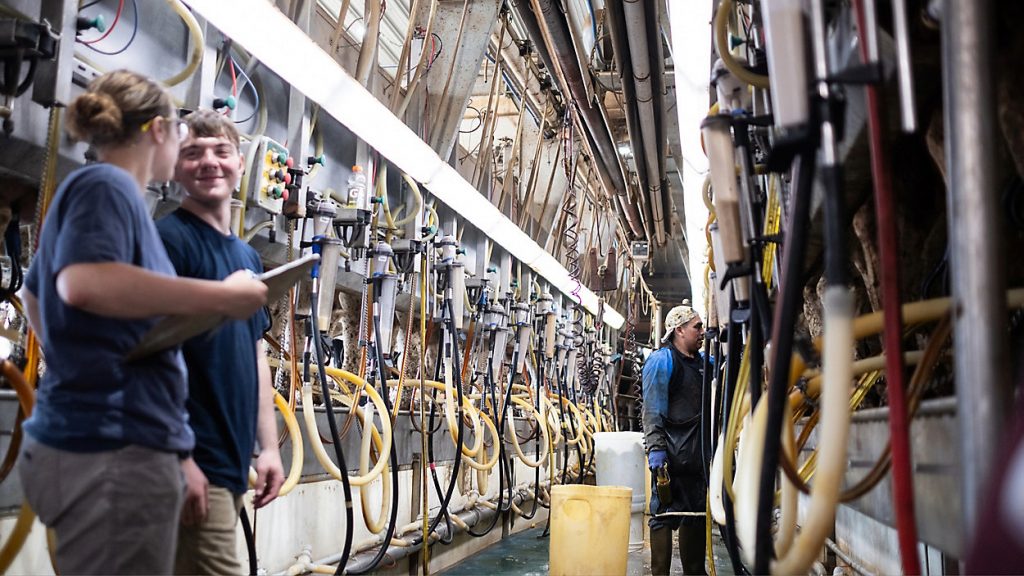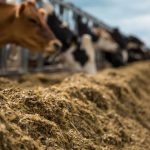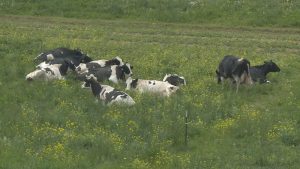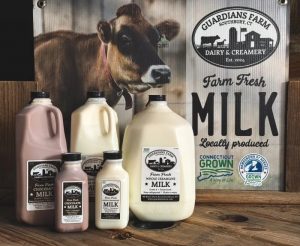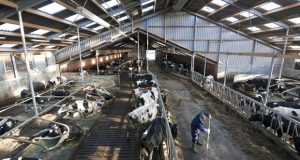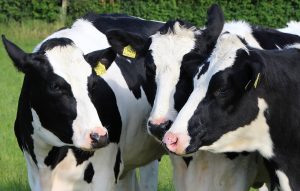
While many people would opt to stay indoors during this heat wave, farmworkers and farmers continue their days outside — exposed to the sun and warm temperatures.
Joel Riehlman, an owner of Venture Farms in Tully, said keeping his workers and the cows cool is a priority.
“The majority of our employees are under a roof so we’re in the shade 99% of the time, which is great,” Riehlman said. “We have a lot of fans, great circulation and we have blockage of the sun. We do have two employees that feed calves but that’s the most exposure that we’re going to have on our farm.”
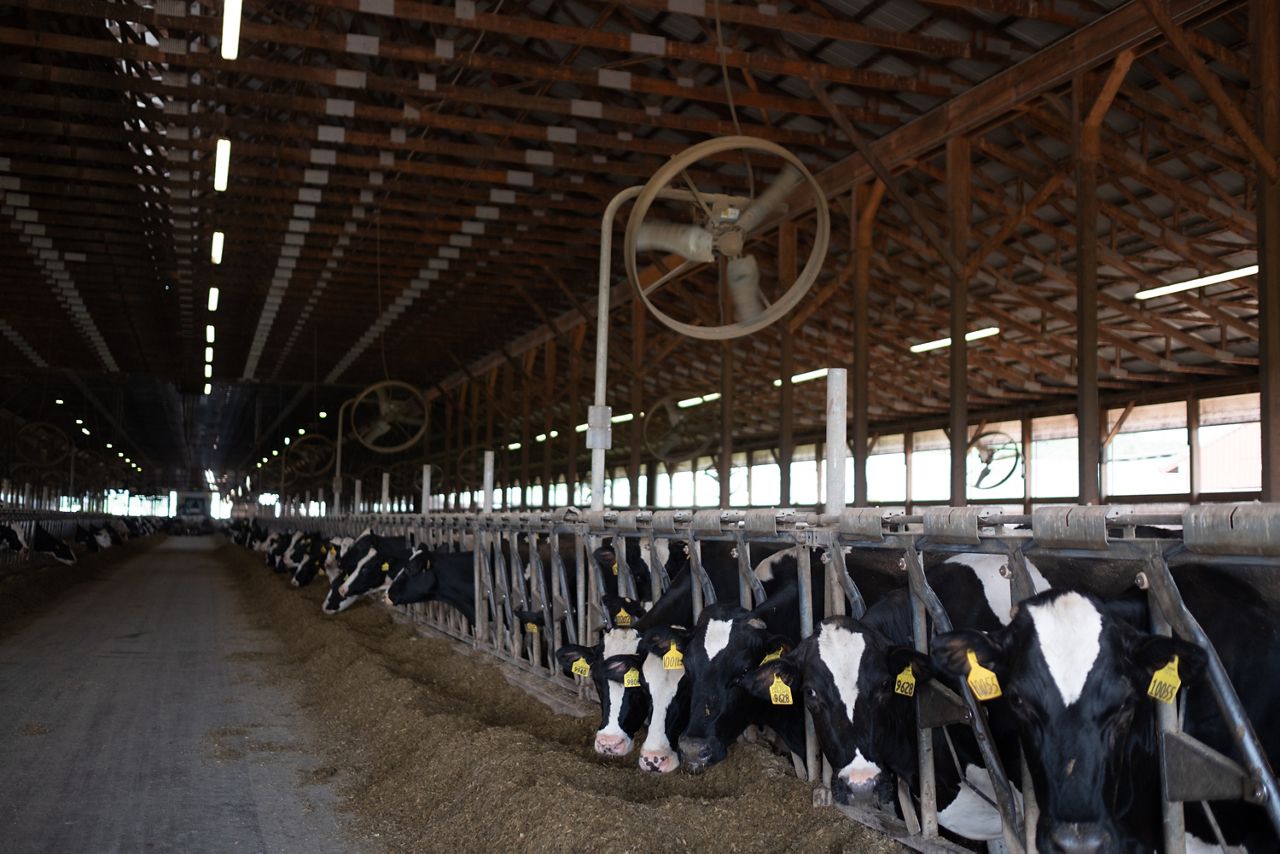
The farm has water stations throughout that allow employees to get as much water as they want too. Venture Farms employs about 14 full-time workers, most of which are from South America.
“From a young age, they are taught the issues that sun can [cause for your] skin so they often wear long sleeves, long pants and generally either a sombrero or cowboy hat,” Riehlman said.
Generally, cows produce less milk when it is warmer, so it is important to keep the barns cool for their sake as well as the workers.
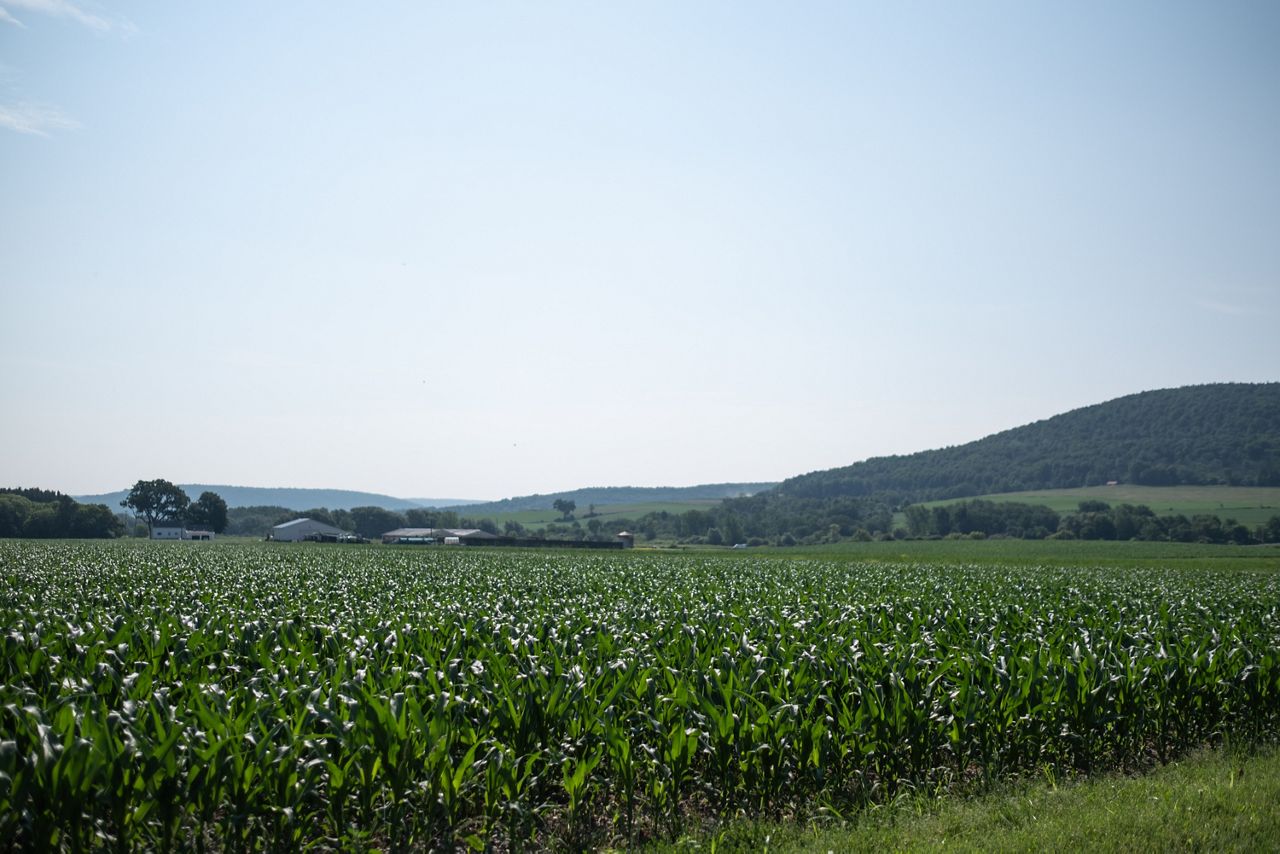
Currently, there are no federal rules in regard to heat safety for farmworkers, but the Department of Labor’s Occupational Safety and Health Administration is working on putting a policy in place. For now, they provide recommendations to farmers.
“Limit your exposure, have plenty of water, and PPE is very, very important. There are specific guidelines, which we adhere to as best we can,” Riehlman said.
The advancements of air conditioning and other cooling mechanisms in equipment are a huge help in keeping his workers cool, Riehlman said.

“I can remember my dad and my uncle, we had no cabs [on the tractors] and you’re just out in the sun for six, seven hours a day,” he said.
The New York Center for Agricultural Medicine and Health also offers bilingual training on heat safety and other issues for workers.
“We pick the topics, and we usually set that meeting up every quarter and we have an agenda that we follow,” Riehlman said.
Dehydration is a major concern when it comes to working with livestock in the heat.
“If someone gets severely dehydrated, they can pass out and when you’re inside working with cows, or out here feeding calves, someone may not see you for a few minutes and that’s an issue,” Riehlman said.
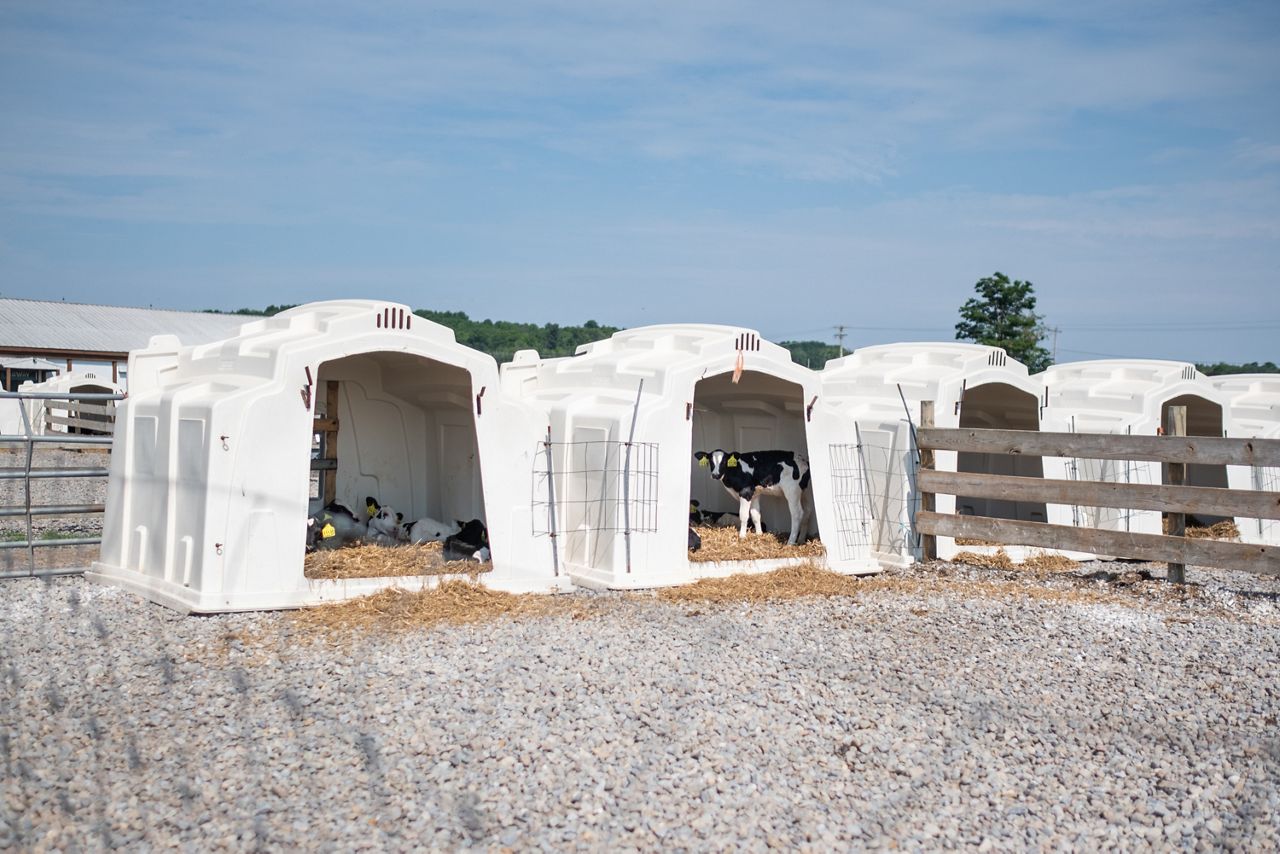
Additionally, there is a risk of being stepped on by an animal.
According to the U.S. Department of Labor, 36 farmworkers died in 2021 due to heat-related illness. Between 2011 and 2021, there was an average of 43 workers a year that died from heat illness.
Mary Jo Dudley, director of the farmworker program at Cornell University, said New York state is working on an extreme heat action plan to better improve conditions for workers during these periods of high temperatures.
“One of the things we’ve been looking at is the development of things like cooling stations for farmworkers. There’s also a big emphasis on educational materials like posters and flyers,” Dudley said.
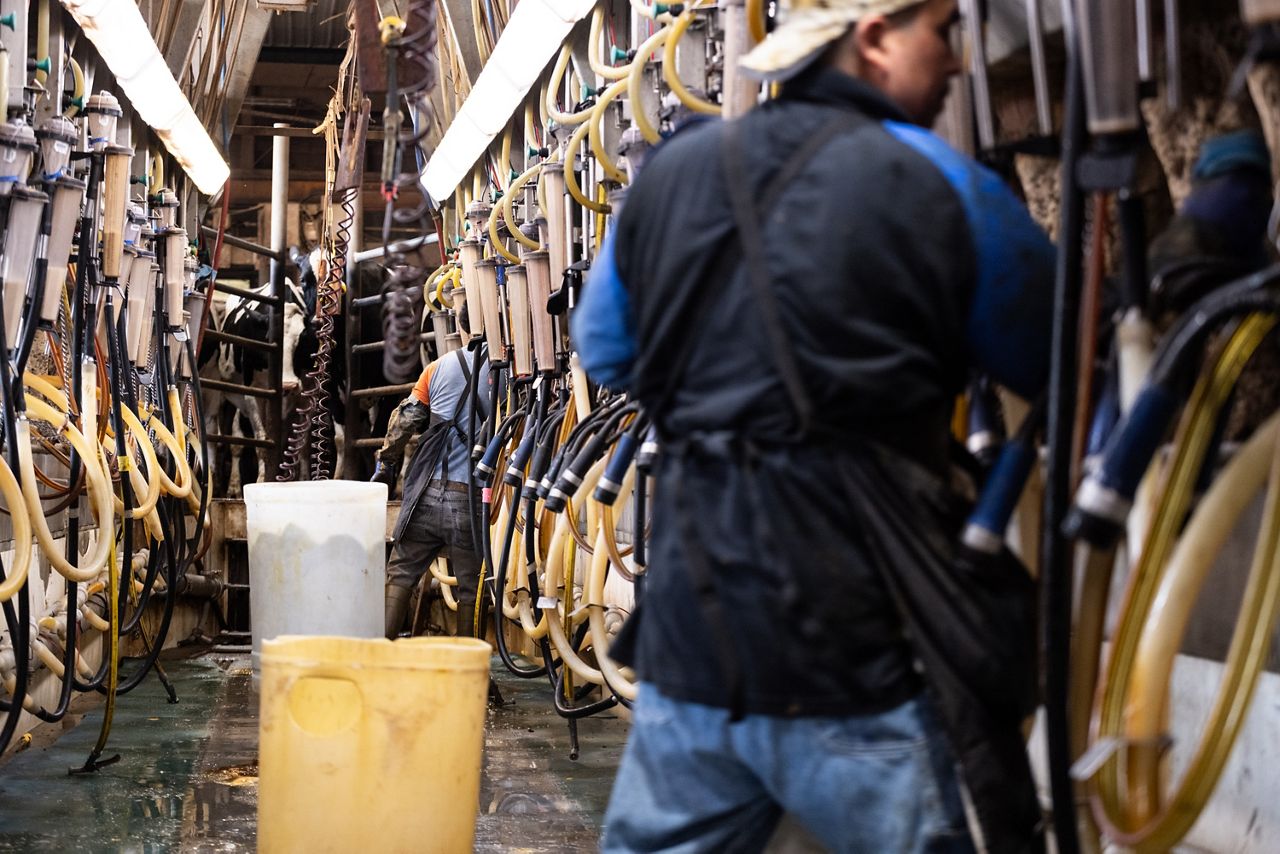
The concern with these posters, however, is determining the best approach so everyone can understand them.
“Will these be developed with a concern for those people who have low levels of literacy? Written text is not necessarily the best way to approach this population,” Dudley said.
In other areas of the country where heat is more common, employers give out cooling bandanas, Dudley said.
“Some of this requires extra effort on the part of the employer, so the question is would these kinds of approaches be made available at the federal level so they can be purchased at a lower cost?” Dudley said.
As these periods of extreme heat become more common, Dudley said she would like to see a better plan in place for individuals who are at risk.
“I think there are some concerns that we need to include in this statewide extreme heat action plan to make it viable for individuals who are most vulnerable,” she said.
You can now read the most important #news on #eDairyNews #Whatsapp channels!!!
🇺🇸 eDairy News INGLÊS: https://whatsapp.com/channel/0029VaKsjzGDTkJyIN6hcP1K
